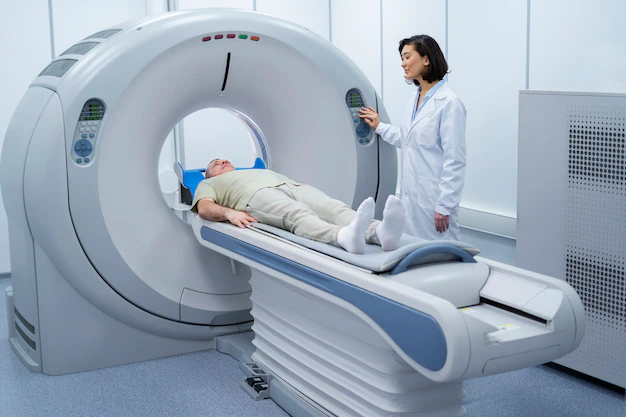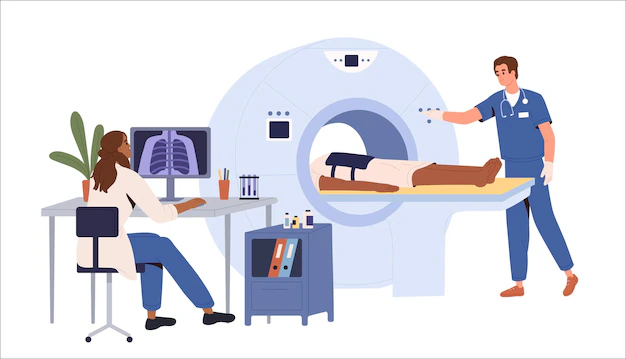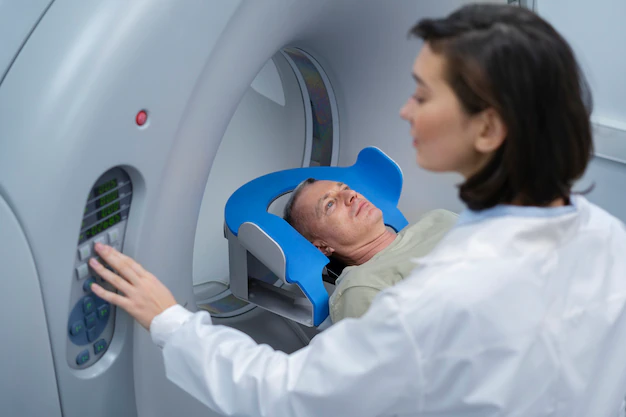Lung cancer continues to be a significant global health concern, accounting for a substantial number of cancer-related deaths each year. According to the World Health Organization (WHO), it is one of the most common cancers worldwide, with late-stage diagnosis often contributing to its high mortality rates. However, advancements in medical technology and screening methods have paved the way for early detection and improved outcomes for patients at risk. One such crucial tool endorsed by the United States Preventive Services Task Force (USPSTF) is low-dose computed tomography (LDCT) for lung cancer screening.


Table of Contents
Understanding the Importance of USPSTF Low-Dose CT in Lung Cancer Screening
The USPSTF, an independent panel of experts in prevention and evidence-based medicine, plays a pivotal role in developing recommendations for various preventive health services. In 2013, the USPSTF recommended annual screening for lung cancer using low-dose computed tomography (LDCT) in adults aged 55 to 80 years who have a 30 pack-year smoking history and are current smokers or have quit within the past 15 years.
The smaller photo shown above shows a CT-scan computed tomography scanned by a doctor is carrying out CT scanning on the lungs of the patient at the hospital clinic via a computer device connected on the Ct scanner machine especially for those high risks for cancer. Doctors utilizes the CT scan to search for any lung cancer and whether it has spread already to other parts of the body. Ct scans for older smokers can be indeed more cost-effective rather than doing nothing to resolve the ailment. X-rays sometimes doesnt show a possible growth of an early stage cancers which can be seen only thru a CT scan. Moreover, the benign and malignant tumors can be seen thru a Chest Ct scan. Ct scan computed tomography is a kind of an imaging test that utilizes both the computer technology and the X-ray machine alike.
Low-dose CT scans + X-rays = LLR
Low-dose CT scans utilize X-rays to create detailed cross-sectional images of the lungs while exposing patients to a lower level of radiation (LLR) compared to standard CT scans. This technique allows for the detection of small nodules or abnormalities in the lungs that might indicate the presence of early-stage lung cancer.
Identify Lung Cancer Early On
The significance of LDCT screening lies in its ability to identify lung cancer at its earlier, more treatable stages, potentially leading to a reduction in mortality rates associated with the disease. Early detection increases the likelihood of successful treatment options, which may include surgery, radiation therapy, chemotherapy, or a combination of these approaches.
False Positives, Overdiagnosis, and Radiation Exposure
However, while LDCT screening offers promising benefits, it’s essential to consider associated factors such as false positives, overdiagnosis, and radiation exposure. False positives occur when a scan detects an abnormality that isn’t cancerous, leading to additional tests and potential anxiety for patients. Overdiagnosis refers to the detection of slow-growing cancers that might never cause harm during a patient’s lifetime. Radiation exposure, although lower in LDCT compared to standard CT, remains a consideration, particularly for individuals undergoing repeated screenings.
Benefits and Risks Associated with Screening
Despite these considerations, the USPSTF recommendation underscores the potential life-saving benefits of LDCT screening for those at high risk of developing lung cancer. It emphasizes the importance of shared decision-making between patients and healthcare providers, taking into account individual risk factors, preferences, and understanding the benefits and risks associated with screening.
Smoking Cessation vs. Screening
It’s also crucial to note that smoking cessation or to discontinue remains the most effective strategy in reducing the risk of developing lung cancer. Screening is not a substitute for quitting smoking but serves as an additional tool in managing the health of high-risk individuals.
Moreover, ongoing research and advancements in imaging technology continue to refine the efficacy and safety of LDCT screening. Future developments may lead to improved accuracy, reduced false positives, and minimized radiation exposure, further enhancing the effectiveness of early detection methods.
Significant Reads
Preventing German Measles (Rubella): A Comprehensive Guide – Zion Psychology (wordpress.com)
Conclusion
In conclusion, the USPSTF recommendation advocating for low-dose CT screening for lung cancer in high-risk individuals marks a significant step towards combating this deadly disease. While the screening modality offers promising prospects for early detection and improved outcomes, it is crucial to approach it as part of a comprehensive healthcare strategy, incorporating smoking cessation and personalized risk assessment. As medical knowledge continues to evolve, so too will our approaches to effectively tackle lung cancer and improve patient outcomes through early detection and intervention.



